Why I Upgraded Mark 2 to Mark 3: My Amazing Portable AC for Camping
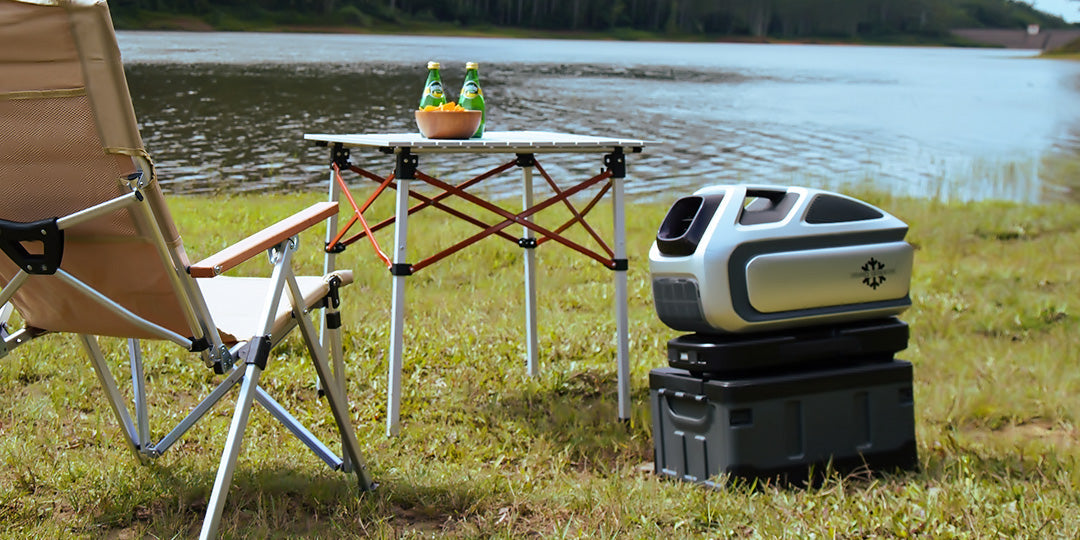
In 2019, Mark 2, the world's first portable air conditioner, was released. It quickly gained popularity across various industries, including camping, RVing, vanlife and trucking. Fast forward to 2024, and Mark 3 has arrived as our most advanced portable air conditioner yet, thanks to valuable user feedback and lessons learned over the years.
Portability remains our top priority, so Mark 3 is still compact, lightweight and, most importantly, battery-powered—perfect for your next outdoor adventure. We've enhanced its cooling efficiency with a custom-designed micro twin-cylinder compressor that provides quieter, more powerful cooling. Additional features, such as thermostatic control and automatic drainage, ensure an effortless, user-friendly experience. Simply take Mark 3 anywhere, set it up, and enjoy instant, powerful cooling. It's that easy.
Hands-on Experience from Brian Seaver
Let's hear from one of our valued users, Brian Seaver, who owns both Mark 2 and Mark 3. Brian is also a modification master and technical expert in the ZERO BREEZE Facebook community. His extensive experience and expertise make him an ideal person to share his perspective.
Meet Brian Seaver and His Setup
Brian is no stranger to technology and outdoor setups. "Yeah, I have been an aerospace engineer for 30 years for fun. I completed the ABYC marine electrician course work as well as completed the Victron professional coursework," he said. His current system runs on a 24V setup that powers everything from an electric cooler and dual Mark 2 units to a water pump, fans, an electric kettle, solar charging systems, alternator charging, and even USB chargers—everything optimized for efficiency with minimal heat waste.
Brian's Experience with Mark 2
Regarding the performance of Mark 2, Brian shared that he has used two Mark 2 AC units for nearly five years, and they've been working flawlessly. He's especially impressed by how well they performed in a tent in Florida, even during the hot summer nights in July. "I use my mark2 for kayak camping and [in] places that don't have AC power and do not allow generators," he explained.
As a seasoned DIYer, Brian has customized his setup with printed ducts for his VW Atlas. "For my printed ducts, I will add a few slits to close out the open sections. I louvered the ducts, so with the window deflectors and modified sun shades, I can use my ZERO BREEZE [for] car camping," he said.
He described a car camping experience in sticky Florida: when parked in sunlight with full solar shades on most windows, the best he could achieve was around 78℉. However, at night, when the outside temperature was 80℉, his SUV cooled down to 70℉ throughout the vehicle on Sleep mode and he usually had to use a light blanket. This is a testament to Mark 2's cooling efficiency, even under challenging conditions.

Maximizing Your Mark 2: Expert Tips from Brian
For those hoping to cool an entire van, Brian offered valuable insights. "The AC in the average SUV is 20000 to 40000 BTU," he explained. "The Mark 2 portable AC is 2300 BTU. It's not possible to cool a van during the day, as the van's temperature will rise to 120℉ within two hours. Even the nomadic cooling x3 at 12000 BTU cannot do what you are attempting to do during the day."
However, Brian didn't discourage users. He first mentioned that the cooling effect depends upon many factors that can be controlled, and then shared some practical tips to maximize it in a van:
-
-
Use sun shades on windows
-
Park the van in the shade
-
Use Mark 2 only at night when sleeping
-
Partition the area to reduce the volume that needs cooling
-
Pre-cool with the car's AC
-
Add rooftop solar panels to keep the van cool while also charging the batteries
-
Why Brian Chose to Upgrade: Portability, Flexibility, Efficiency
When asked if he could do it again, would he still buy a ZERO BREEZE Mark 2? Brian's answer was, "Absolutely yes until there is something even better." And that's exactly what happened with Mark 3. Nearly five years after using Mark 2, Brian upgraded to the new, more powerful Mark 3.
"I am an early backer [of Mark 3] and also have two Mark 2 systems," Brian said. "I contributed to the Mark 3 AC and battery because I like the portability, yet my kayak fishing trips require more. For me, no way would I want anything too big and too heavy."
When asked if there is a need to buy the battery, Brian said, "It depends upon your portability needs. Also depends upon how long you need to run it in a given day. It's often easier for me to just bring the battery inside the house at night and recharge for the next day."
Brian also praised the 48V DC charging, noting that it doesn't require a proprietary charging cable, unlike many other products. "For ZERO BREEZE products, you can easily make your own cables and easily make them work with Victron power systems that van lifers use," Brian explained.
He added, "Relative to peak wattage per BTU, ZERO BREEZE is still more efficient. Plus, ZERO BREEZE weighs lighter and thus is actually portable. If used in a tent, ZERO BREEZE is still the clear choice."
What’s New with Mark 3? Brian’s Impressions
Brian is just as impressed with Mark 3 as he was with Mark 2. "The Mark 3's cooling is amazing for such a small unit, especially if you live in Florida where it's 80℉ for nine months of the year," he shared. "The Mark 3 is now the most efficient and lowest weight 48v air conditioner ever produced. The innovation [behind it] is low weight and high efficiency." He added with enthusiasm, "Loving my Mark3! Definitely, twice the cooling."
As for the heating feature, Brian noted, "The mark 3 is not a typical heater, yet can function as a heat pump, which is just the air conditioner turned backwards. For heat, esp., below 50℉, I use a Propex HS2211 propane heat exchanger that I built into a portable unit. A Propex produces 60% less carbon monoxide than a diesel heater."
However, Brian reminded users: "5280 BTU is not sufficient to cool a car or SUV during the day, as a car's engine-driven air conditioner is about 24000 BTU."

Customer Support and Tips
Brian also offered some practical advice on troubleshooting, noting, "Start with the ZERO BREEZE techs. They were very helpful when I had a battery issue. Often it's a control board issue which is easy to fix."
This is true. For any questions or technical support, feel free to reach out to us at support@zerobreeze.com. We're here to help you get the most out of your ZERO BREEZE units.
Join the ZERO BREEZE Community
Thank you, Brian, for the continued support and valuable insights!
If you want to learn more about how to use your product, check out additional reviews, or share your own experiences, join our Facebook groups:
- ZERO BREEZE Mark 3 Off-grid Portable A/C
- ZERO BREEZE Mark 2 Off-grid Portable A/C
- ZERO BREEZE ElecHive 2500Wh Portable Power Station
We appreciate all your feedback and look forward to hearing how ZERO BREEZE is helping you stay cool and comfortable on your adventures!






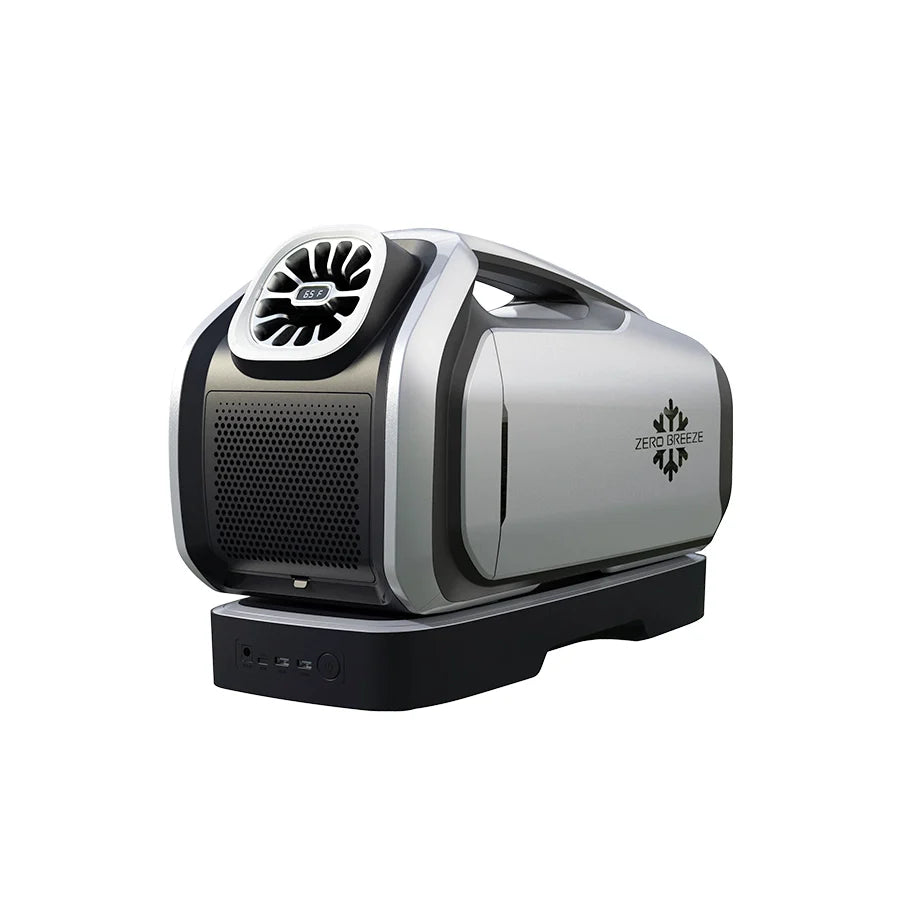
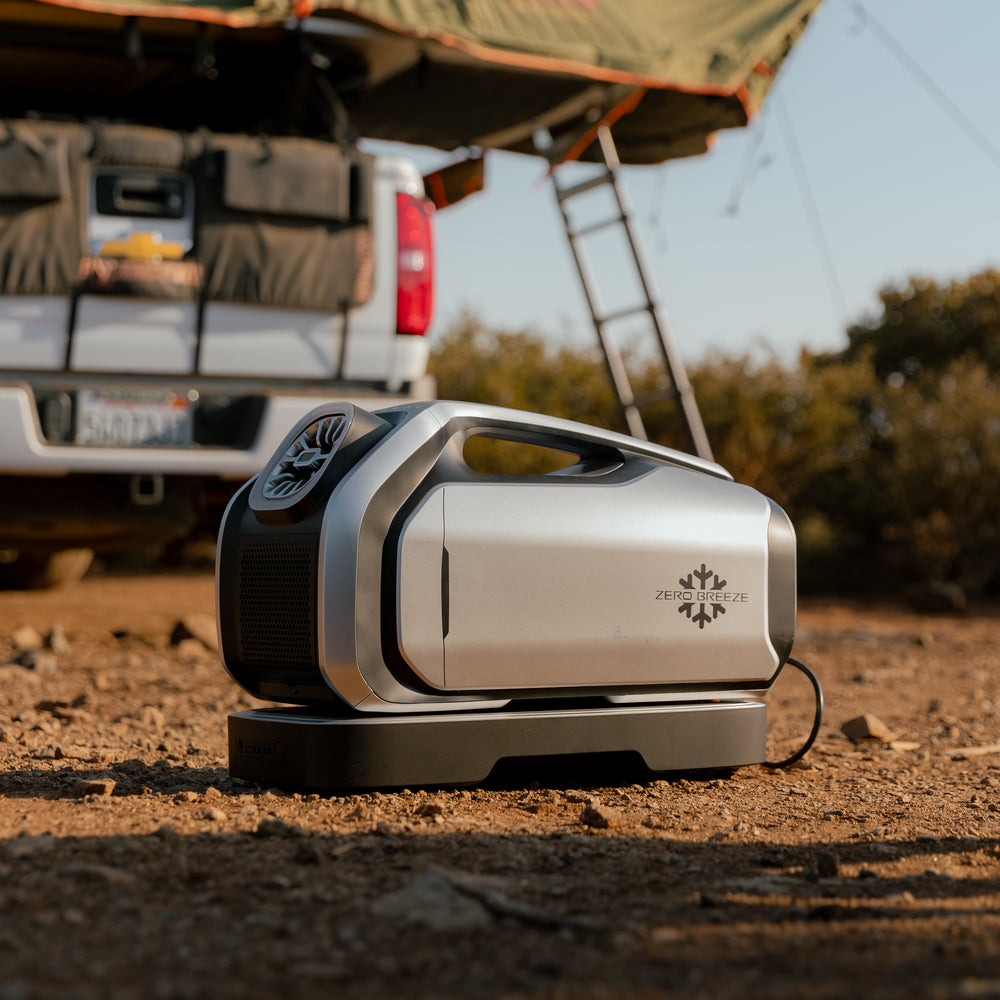
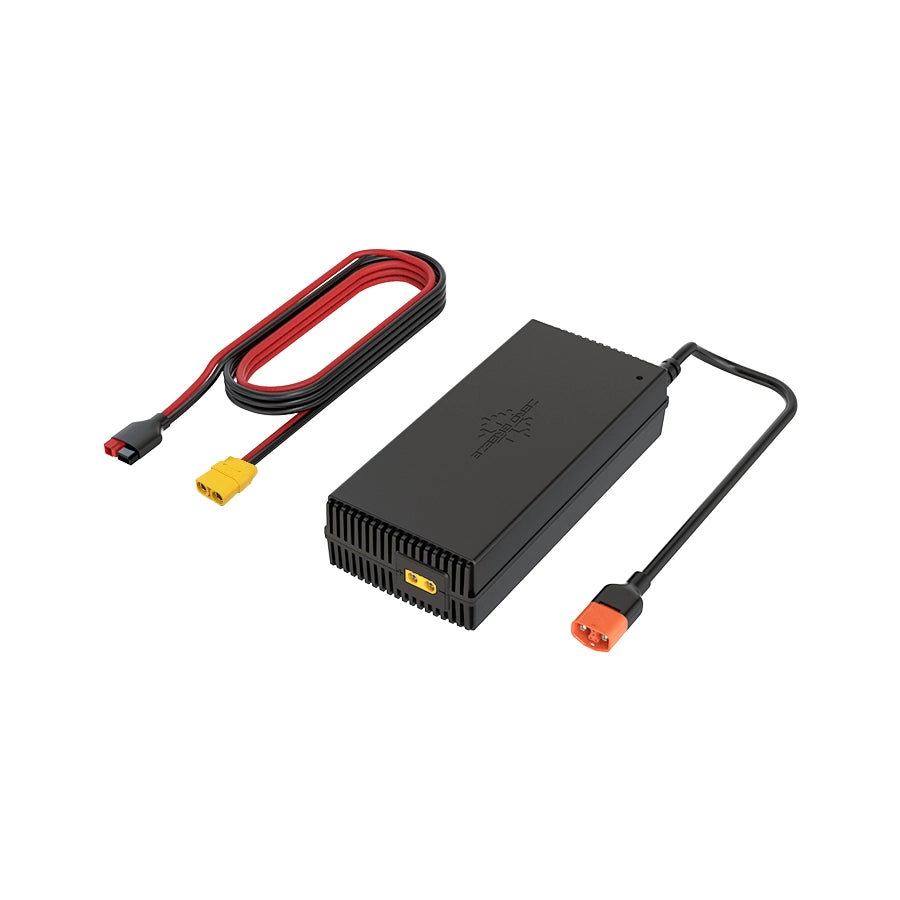
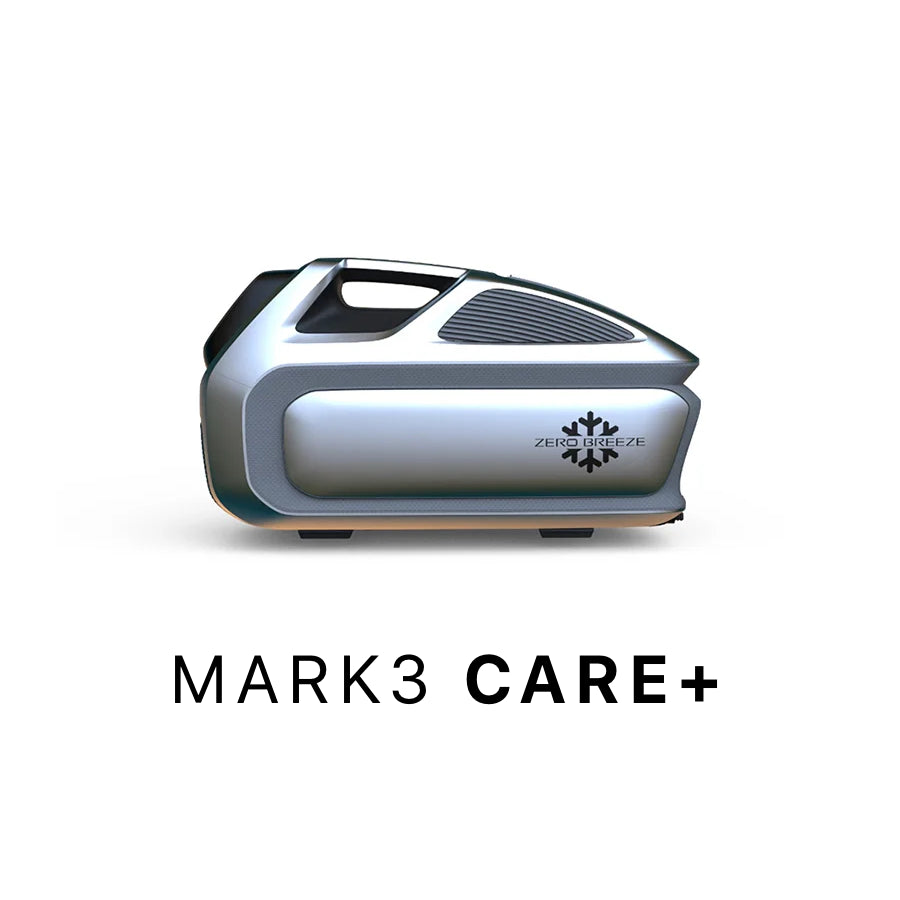
Leave a comment